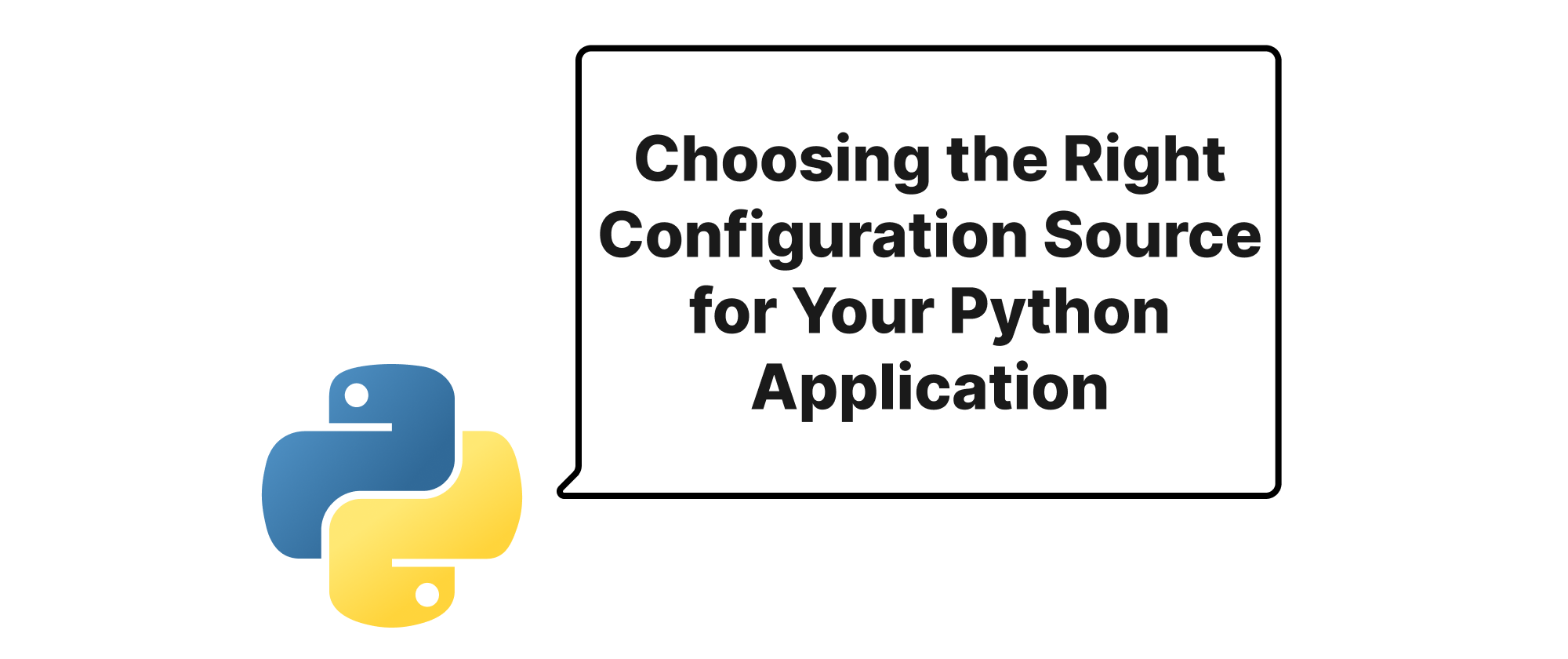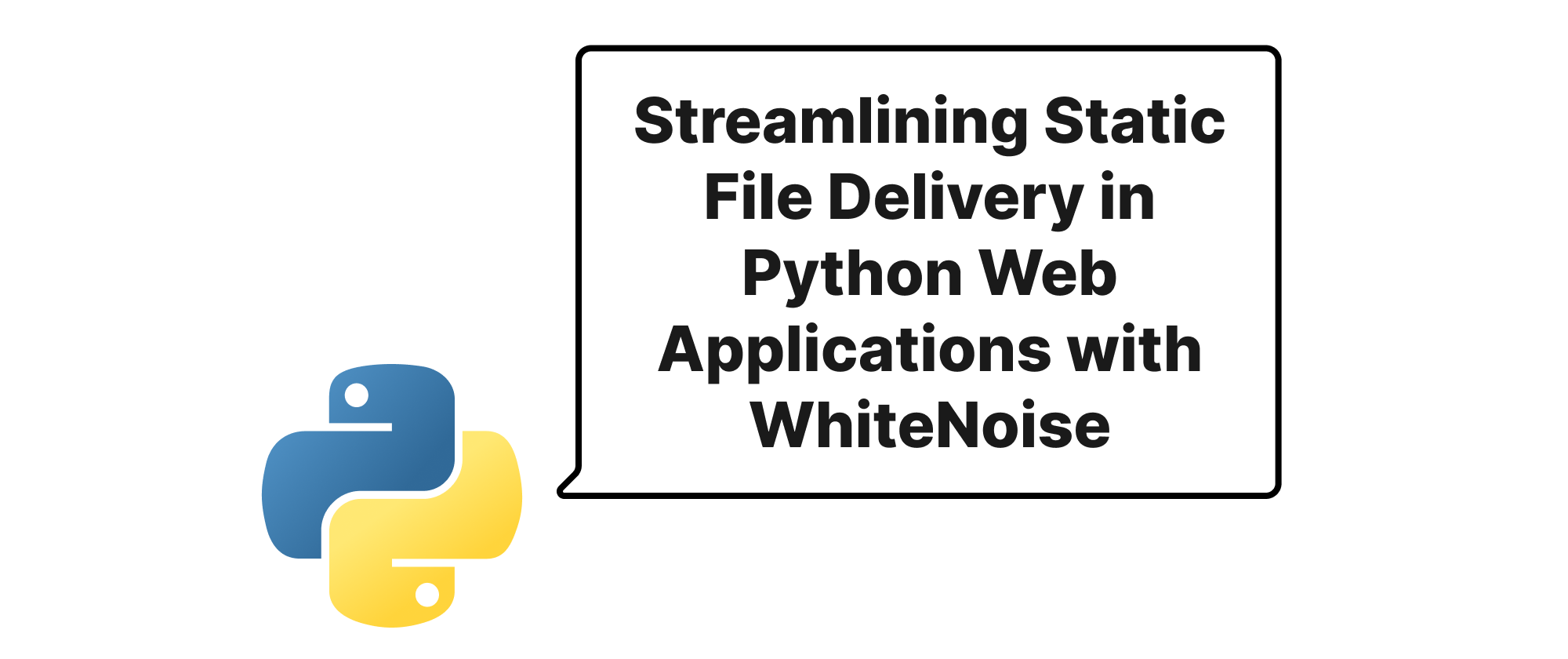Choosing the Right Configuration Source for Your Python Application
Daniel Hayes
Full-Stack Engineer · Leapcell

Introduction
In the world of software development, applications often require various settings and parameters to function correctly. These configurations can range from database connection strings and API keys to feature flags and logging levels. Storing these configurations directly within the application's source code is generally considered bad practice, as it makes applications less flexible, harder to maintain, and potentially insecure. This is where external configuration sources come into play. The choice of configuration method significantly impacts an application's deployability, security, and ease of management. This article will delve into three popular approaches for managing application configurations in Python: environment variables, INI files, and Python modules, analyzing their strengths and weaknesses to help you make an informed decision for your projects.
Understanding Configuration Sources
Before we dive into the comparison, let's briefly define the core concepts we'll be discussing:
Configuration: A set of values that control the behavior of an application. These values can change between deployments (e.g., development, testing, production) or even within the same deployment based on specific needs.
Environment Variables: Dynamically named values that can affect the way running processes behave on a computer. They are part of the operating system's environment and can be accessed by any program running within that environment.
INI Files: A file format for storing configuration information, characterized by sections and key-value pairs. They are simple, human-readable, and widely used across different platforms.
Python Modules: Regular Python .py files that can contain variables, functions, and classes. When used for configuration, they typically define global variables that hold configuration values.
Comparing Configuration Sources
Now, let's explore the pros and cons of each configuration method with practical Python examples.
Environment Variables
Environment variables are a powerful and widely adopted method, especially in cloud-native andTwelve-Factor App methodologies.
Pros:
- Security for Sensitive Data: Ideal for storing sensitive information like API keys, database passwords, and client secrets. This keeps them out of version control and prevents accidental exposure.
- Decoupling Code from Configuration: Applications don't need to know where or how these variables are set, only that they exist in their environment. This promotes highly portable and reusable code.
- Easy for Containerized Environments: Docker containers and Kubernetes make heavy use of environment variables for injecting configuration at runtime without rebuilding images.
- Runtime Flexibility: Configurations can be changed without modifying application code or restarting the application if it's designed to re-read them.
Cons:
- Limited Structure: Environment variables are essentially flat key-value pairs. Representing complex nested configurations can be cumbersome.
- Discovery and Documentation: It can be challenging to discover all required environment variables for an application without proper documentation.
- Type Coercion: All environment variables are strings. Applications must explicitly convert them to the correct data types (integers, booleans, etc.), which can be error-prone.
- Local Management: Managing multiple environment variables locally across different projects can become complex without tools like
direnvor Docker Compose.
Example:
Suppose we need to configure a database URL and a debug flag.
import os # --- Reading from environment variables --- # Access environment variables directly DATABASE_URL = os.getenv("DATABASE_URL", "sqlite:///./test.db") DEBUG_MODE = os.getenv("DEBUG_MODE", "False").lower() == "true" print(f"Database URL: {DATABASE_URL}") print(f"Debug Mode Enabled: {DEBUG_MODE}") # --- How to set them (e.g., in your shell before running the script) --- # export DATABASE_URL="postgresql://user:password@host:port/dbname" # export DEBUG_MODE="True"
INI Files
INI files are a traditional and straightforward way to manage configurations.
Pros:
- Human-Readable: Their simple section-key-value structure is easy for humans to read and write.
- Structured Configuration: Supports basic grouping of related settings into sections, offering more structure than flat environment variables.
- No Code Execution: INI files are data files; they don't execute any code, which can be seen as a security benefit as there's no risk of malicious code injection via the configuration itself.
- Standard Library Support: Python's
configparsermodule provides excellent built-in support for parsing INI files.
Cons:
- Limited Data Types: Primarily handles strings, similar to environment variables. More complex data types (lists, dictionaries) require manual parsing or specific conventions.
- Less Secure for Sensitive Data: Storing database credentials or API keys directly in an INI file can be risky, especially if the file is committed to version control.
- Less Dynamic: Typically requires restarting the application or re-reading the file for changes to take effect.
- Lack of Centralized Management: In highly distributed systems, managing configurations across many INI files can become cumbersome.
Example:
Let's configure database settings and application logging levels in an app_config.ini file.
app_config.ini:
[database] type = postgresql host = localhost port = 5432 user = myapp_user password = supersecret [logging] level = INFO handlers = console, file
Python code to read app_config.ini:
import configparser config = configparser.ConfigParser() config.read('app_config.ini') if 'database' in config: db_type = config['database']['type'] db_host = config['database']['host'] db_user = config['database']['user'] db_password = config['database']['password'] # Sensitive data here! print(f"Database Type: {db_type}, Host: {db_host}, User: {db_user}") # For sensitive data, combine with environment variables (e.g., password = os.getenv("DB_PASSWORD")) if 'logging' in config: log_level = config['logging']['level'] log_handlers = config['logging']['handlers'].split(', ') print(f"Logging Level: {log_level}, Handlers: {log_handlers}")
Python Modules
Using a Python module (.py file) directly for configuration is a common and straightforward approach for Python-exclusive projects.
Pros:
- Full Python Power: You can use all Python's language features – data structures (dictionaries, lists, tuples), functions, and even conditional logic – to define your configuration. This allows for highly complex and dynamic configurations.
- Type Safety: Configuration values naturally retain their Python data types (integers, booleans, lists, etc.) without explicit conversion.
- IDE Support: Benefits from IDE features like autocompletion, syntax checking, and refactoring tools.
- Easy Import: Configurations are imported like any other Python module, making access straightforward.
Cons:
- Security Risk: If the configuration module is meant to be user-editable or pulled from untrusted sources, allowing arbitrary Python code execution can be a significant security vulnerability.
- Not Language Agnostic: This method is specific to Python applications and cannot be easily shared with applications written in other languages.
- Requires Code Changes for Updates: Typically requires modifying the configuration file (which is code) and often restarting the application for changes to take effect.
- Sensitive Data Management: Similar to INI files, sensitive data should ideally be loaded from environment variables within the Python configuration module, not hardcoded.
Example:
Let's define our configuration in a config_module.py file.
config_module.py:
import os # Application settings APP_NAME = "My Awesome App" VERSION = "1.0.0" # Database settings DATABASE = { "TYPE": "sqlite", "HOST": "localhost", "PORT": 5432, "USER": "admin", "PASSWORD": os.getenv("DB_PASSWORD", "default_secret") # Good practice: get sensitive data from env } # Feature flags ENABLE_NEW_FEATURE = True # Logging configuration LOGGING = { "LEVEL": "DEBUG", "FORMAT": "%(asctime)s - %(name)s - %(levelname)s - %(message)s" }
Python code to read from config_module.py:
import config_module import os print(f"Application Name: {config_module.APP_NAME}") print(f"Application Version: {config_module.VERSION}") print(f"Database Password: {config_module.DATABASE['PASSWORD']}") # Be careful with sensitive data in print statements! print(f"New Feature Enabled: {config_module.ENABLE_NEW_FEATURE}") print(f"Logging Level: {config_module.LOGGING['LEVEL']}") # We can even use environment variables within the config module for sensitive settings # os.environ["DB_PASSWORD"] = "my_actual_secret" # Set this before running if not already set # import importlib # importlib.reload(config_module) # This would be needed to pick up new env vars at runtime if config was loaded earlier
Conclusion
Each configuration source has its place and purpose. Environment variables excel for sensitive data and dynamic, containerized deployments. INI files offer simplicity and readability for structured configurations where security isn't paramount. Python modules provide unparalleled flexibility and type safety for complex, Python-specific configurations.
The best approach often involves a hybrid strategy: leverage environment variables for sensitive or deployment-specific settings, utilize Python modules for complex and type-safe configurations (perhaps loading defaults from INI files or using them to derive final values), and for simpler, general configuration values, INI files can still be very effective. By understanding their distinct characteristics, developers can choose the most appropriate configuration strategy to build robust, maintainable, and secure Python applications.
Ultimately, the ideal configuration setup smartly combines environment variables for secrets, Python modules for structural complexity, and potentially INI files for simple, human-editable data.


